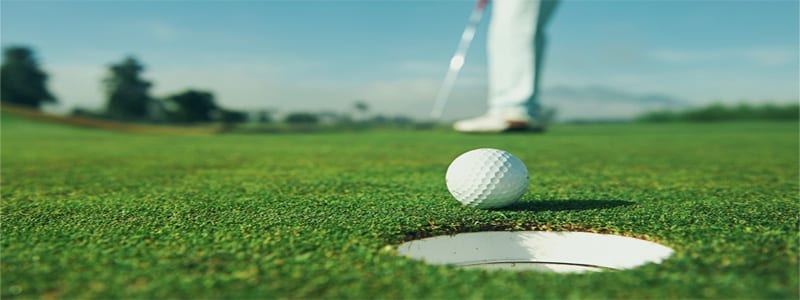
 Club fitting is a huge part of the instruction world for golfers, and as it rightfully should be. I’ve performed close to 50 club fittings in a season and in 2012, enough club fittings to be named a PING “Fitter of the Year.”
Club fitting is a huge part of the instruction world for golfers, and as it rightfully should be. I’ve performed close to 50 club fittings in a season and in 2012, enough club fittings to be named a PING “Fitter of the Year.”
This shows me that the golf consumer is getting smarter. There is one issue with how the fittings have worked out though, of those 120+ fittings, not a single one was someone who came and directly asked me to be fit for their putter. The club that gets hit more times than any other in the bag, golfers still look to head to a store and just pick out the one that “feels” the best without any rhyme or reason to why they want that putter.
Now I don’t want to discount the importance of fitting for the longer clubs. As found in advanced metrics on professional tours, the ability with the driver and the ability to hit it long as within a reasonable distance to the fairway is arguably the number one factor to scoring average.
So it is very important to have a driver that optimizes your distance. But putting is number 1B in terms of importance. So if you are looking to get better and don’t have the time to work with a personal trainer to build your speed and power, or a swing coach to give you the perfect swing plane, putting is the next solution to lowering your scores.
With fixing putting, the number one issue that golfers who come to me for a short game lesson is that they feel their putting stroke is off. However, the putter they have is often completely wrong for the stroke they desire. For a putter that is decent, this leads to inconsistent putting days, and for a player with a high putting handicap, this leads to the development of poor putting habits.
This is a club that you can have fit once, and unless you are a youth golfer who is growing or develop some sort of physical ailment, you could possibly keep it forever if its the right one for you. I tell students, the $75 they spend on a putting evaluation could save them thousands of dollars in putter trial and error.
With the use of SAM Puttlab and high speed video, these are the areas that I look for when fitting a putter, and the effects that each could have on the stroke:
1. Length/Lie
The length of the putter has a tremendous impact on the shape of your stroke. The putter is meant to swing on the inclined plane that the shaft is on. If the length of the putter is longer, the putter will need to arc more around your body, while a shorter putter can travel a little bit more straight back straight through. A putter that is not the right length, will affect the path of your stroke which can have an influence on making consistent contact and controlling the rotation of the putter face.
2. Head Type/Shaft Hosel Design
Aiming is the number one issue that amateur golfers have. It is very difficult to aim the putter straight at the hole every single time, but what the best players are able to do is aim the putter the same way every time. This means if they aim the putter .05 degrees to the right of the target, they will do it 9 times out of 10, while a poor putter may do it 5 times out of 10 and then have a very wide arrange of aims that they will go through. The head that you are looking at plays a huge part in the optics of aiming the putter. If you cannot consistently look at the putter head and see a consistent aim, then you are putting yourself at a disadvantage before you ever start.
The other issue with head design is the consistency of where the putter face meets the golf ball when the two collide. If a golfer does not consistently find the same spot on the putter face, a putter with a high moment of inertia may be needed. There are various reasons this can happen, most noticably having a putter head that is designed to stay square to a severe arc with a stroke that is not arcing as much. This type of error will have a major impact on direction.
3. Loft
Loft is an aspect of putter fitting that depends on the golf courses you typically play. The golf ball when it rests on the grass, settles down into the grass ever so slightly. This means that we need to launch the golf ball into the air slightly so the ball can get on the grass and start rolling as fast as possible. This has a huge influence on speed and distance control in putts.
There are a few factors to look at, what your green speeds typically are at your home course. The slower the green the more loft you need on the putter. If you are putting at Augusta National, maybe you can get away with 0 or 1 degree of loft on your putter, but at your home course with a green speed of 8, you may need 3-4 or more degrees of loft.
The other factor is the hand position and amount of delofting through impact. For example, on a green speed of 11, we would like the golf ball to launch at approximately 2 degrees. This could be achieved with a 3 degree putter with 1 degree of deloft and a neutral rise angle. However, if you are a putter like Matt Kuchar who has a serious putter deloft through impact and a level rise angle through impact, then you need 5, 6 or even 7 degrees of loft. A putter like Zach Johnson, who has his hands back at address and through the stroke, can use less loft on his putter to achieve a desired launch angle.
4. Grip
The grip on a putter works just like a golf club. If you’re a putter that does not allow the putter to rotate square to the path of the club, then adjusting the grip can help this problem along with putter head design. If you are a player with too little face rotation, then a smaller grip size can help to release the putter head, while a larger putter grip can help calm down too much face rotation or even help take the hands out from the yips.
So you can see there is a lot that goes into picking the right putter, and quite frankly, the putter that is right off the shelf is probably not the right one. As I mentioned earlier, if you take the time to get fit for a putter, it can save you many more dollars down the road, and also save you closet space for all your trial and error putters.




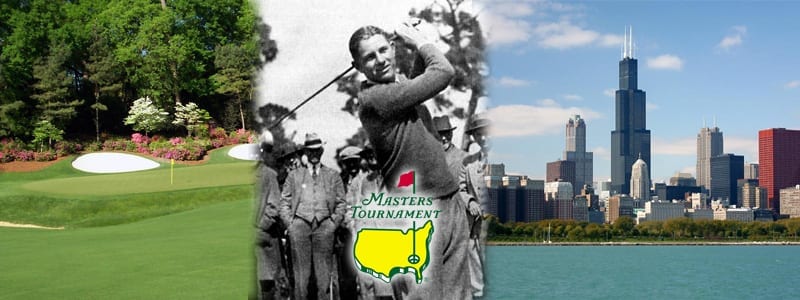
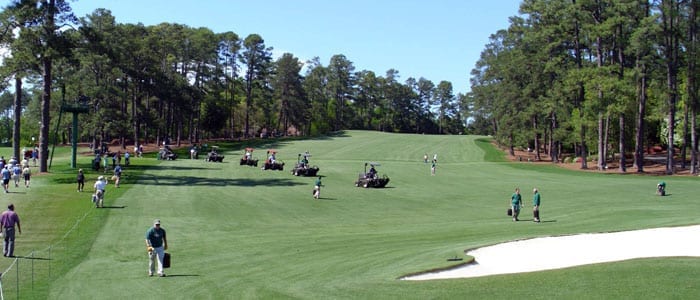


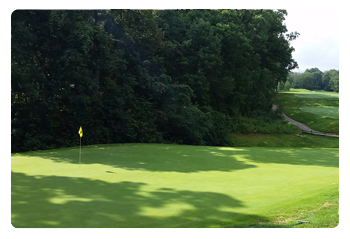 Find a Golf Course
Find a Golf Course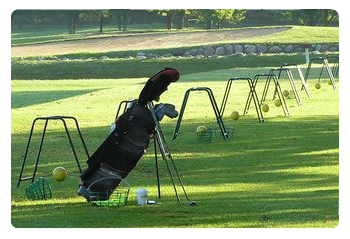 Find a Driving Range
Find a Driving Range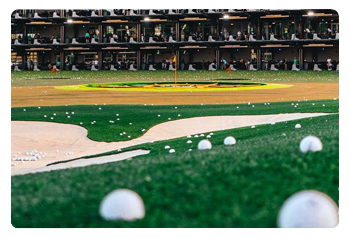 Find a Topgolf
Find a Topgolf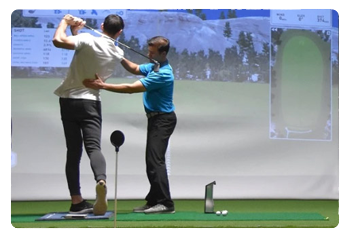 Find a Golf Instructor
Find a Golf Instructor